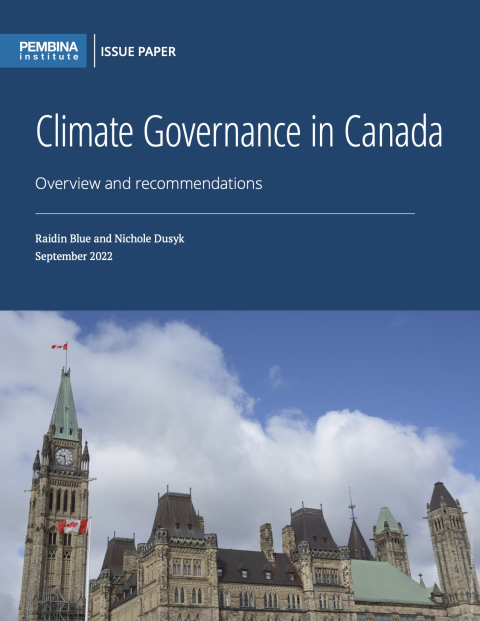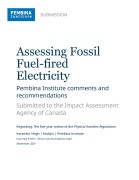This guide provides an overview of how climate policy in Canada is created and implemented at the federal level. Understanding how climate policy is enacted is especially relevant following Ottawa’s pledge to reduce greenhouse gas emissions by 40 per cent by 2030 as a key milestone on the path to net-zero emissions by 2050.
Essentially, the purpose of climate governance is to ensure that national emissions are reduced in line with what science tells us is required for limiting global climate change. This requires setting science-based emissions targets and budgets, and then putting in place the policies and decision-making frameworks required to achieve them.
However, the process of climate governance, and the steps that must be taken in order to create and roll out climate policies, is neither obvious nor straightforward. This guide serves as a useful resource to inform how climate action becomes policy, where the decision points are, and how accountability is factored in.
The guide includes five recommendations for improving climate governance in Canda.
Recommendations for enhancing climate governance
- Implement a climate lens at the level of a cabinet directive, and mandate its use for all government departments and agencies including Crown corporations and public finance institutions such as Export Development Canada and the Canada Infrastructure Bank
- Ensure adequate, long-term resourcing of the Climate Secretariat and expert advisory bodies
- Create and publish modelling that shows scenarios aligned with 1.5 degrees of warming and pathways for all sectors to achieve net-zero emissions by 2050
- Ensure that emissions reduction plans, and the climate lens, are based on credible modelling, and include clear metrics as well as, where appropriate, criteria for assessment
- Create transparency by publishing methodologies and assumptions behind models and decision-making tools.









